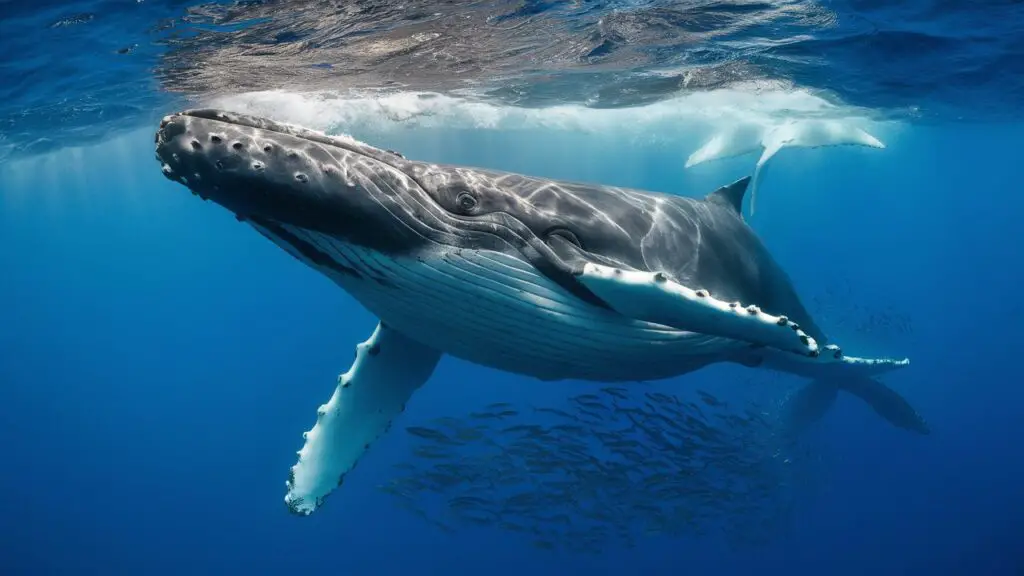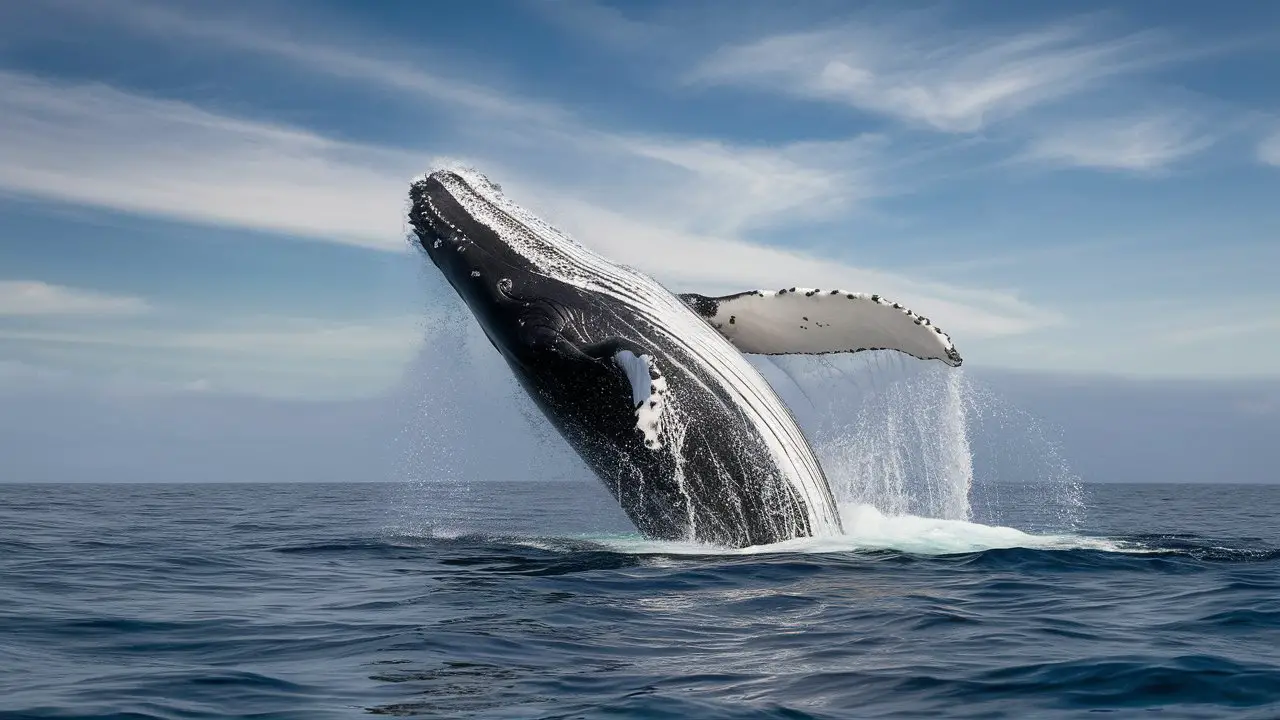As a citizen concerned with the health of our oceans, you know the importance of marine mammals and the need to protect them. This article provides a comprehensive overview of the major marine mammal species, including whales, dolphins, seals, sea lions, walruses, sea otters, polar bears, manatees, and dugongs. You will learn about their natural habitats, behaviors, reproduction, current populations, and the threats they face from human activities like fishing, pollution, and climate change. The vital roles these animals play in ocean ecosystems highlight why we must take action to conserve marine mammals and their environments. This article arms you with essential information so you can spread awareness and advocate for policies and behaviors that enable marine mammals to thrive.
What Are Marine Mammals?
Marine mammals encompass a diverse group of animals that have adapted to life in the ocean. They include cetaceans like whales, dolphins and porpoises; pinnipeds such as seals, sea lions and walruses; manatees; polar bears; otters and dugongs. These mammals spend their lives in the ocean, though some species come ashore for mating or to give birth.
Cetaceans are divided into baleen whales and toothed whales. Baleen whales, such as humpback whales and blue whales, have plates of baleen instead of teeth to filter small fish and krill from the water. Toothed whales, like sperm whales and killer whales, hunt larger prey like squid and fish. Pinnipeds are fin-footed, semiaquatic mammals that live mostly in the ocean. They come ashore to mate, give birth, molt or rest.
Marine mammals are essential components of the ocean ecosystem and important indicators of ocean health. They help maintain the balance between predator and prey species in the food web. However, many marine mammal populations have declined substantially due to human activities like whaling, habitat degradation, vessel strikes, entanglement in fishing gear, and ocean pollution. Protecting and conserving these animals and their habitats is critical to restoring ocean biodiversity and ensuring healthy, functioning marine ecosystems for generations to come.
In summary, marine mammals are a vital and diverse group of animals in the ocean. Though once hunted nearly to extinction, many populations are rebounding thanks to conservation efforts. Safeguarding these species and the habitats on which they depend is crucial to supporting healthy oceans teeming with life and benefiting humanity. Our actions today will shape the future of these magnificent marine mammals.
Major Types of Marine Mammals
Whales
Whales are large marine mammals that live entirely in the ocean. They breathe air through blowholes on top of their heads. Whales include some of the largest animals on Earth, such as the blue whale. Some species of whales, like humpback whales, are known for their complex songs and acrobatic breaching behaviors. Whales were once hunted extensively for their oil and blubber, but most populations have since been protected following the establishment of the International Whaling Commission.
Dolphins
Dolphins are very intelligent and social marine mammals closely related to whales. Dolphins live in pods and cooperatively hunt for fish and squid. Some species of dolphins, like bottlenose dolphins, are frequently found in captivity in marine parks where they perform tricks and interact with humans. Other species of dolphins, such as the Ganges river dolphin, reside in freshwater rivers and estuaries. Like whales, dolphins were once a target of the whaling industry but are now largely protected.
Seals
Seals are semi-aquatic marine mammals that live primarily near shorelines and ice flows. Seals do not have external ears and propel themselves in water using their front and hind flippers. Some species of seals, such as elephant seals, live and breed in large colonies while others, like leopard seals, are solitary. Seals are opportunistic predators that feed on fish, squid, krill, and penguins. Some seal populations were hunted in the 19th and 20th centuries for their oil and fur, but most species have since recovered and are no longer under threat.
Manatees
Manatees are large, slow-moving marine mammals found in rivers, estuaries, and coastal waters of the Caribbean Sea and the West Indies. Manatees are herbivores that feed on sea grasses and freshwater plants. They do not have hind limbs and propel themselves using their paddle-like forelimbs and tail. Manatees were once hunted for their meat and oil but have since been protected. However, manatee populations today remain threatened by habitat loss and collisions with watercraft. Protecting and restoring manatee habitat is crucial for ensuring the long term survival of these gentle marine mammals.
Unique Adaptations of Ocean Mammals
Ocean mammals have evolved special adaptations that allow them to thrive in aquatic environments. Their bodies have undergone changes to facilitate swimming and diving, as well as to conserve heat and energy.
Streamlined Bodies
The torpedo-shaped bodies of dolphins, whales, and seals are highly streamlined, allowing them to swim efficiently. They have a fusiform body shape, meaning their midsections are wider than their head and tail. This shape reduces drag as they propel themselves through the water. The lack of hind limbs also contributes to their sleek and hydrodynamic form. Some species have evolved fluke-shaped tails that provide powerful thrust for swimming.
Insulating Blubber
Marine mammals have a thick layer of blubber, or fat tissue, that insulates their body and protects them from cold ocean temperatures. Blubber also stores energy and provides buoyancy. Pinnipeds, such as seals and walruses, have a particularly thick layer of blubber that allows them to stay submerged for long periods while foraging and hunting for prey.
Diving Adaptations
Certain ocean mammals have adaptations that allow them to dive and remain submerged for a long time. They can slow their heartbeat and divert blood flow away from tissues tolerant of low oxygen levels. Some species also have a higher concentration of myoglobin, a protein that stores oxygen in muscle tissue. These adaptations, along with large lungs and efficient respiratory systems, permit extended breath-holding during diving and hunting.
The physical transformations of ocean mammals have equipped them superbly for life in aquatic environments. Their streamlined yet insulated bodies, combined with specialised diving adaptations, demonstrate the power of evolution to reshape organisms in remarkable ways. By understanding how these animals have developed and adapted to survive and thrive, we can gain a deeper appreciation for the diversity and complexity of life in Earth’s oceans.
Threats Facing Marine Mammals
Marine mammals face various threats that endanger their populations and habitats. Pollution, overfishing, and climate change pose severe risks to these animals.
Pollution
Pollution from human activities introduces toxic chemicals into marine environments that can accumulate in the tissues of marine mammals. Heavy metals like mercury and plastic waste are particularly harmful. When marine mammals ingest pollutants by consuming contaminated prey, it can lead to health issues and even death.
Overfishing
Overfishing and bycatch are also major threats to marine mammals. As humans deplete populations of prey species that marine mammals feed on, it threatens marine mammals’ main food sources. Bycatch, or the unintentional capture of marine mammals in fishing gear, also kills hundreds of thousands of individuals each year. Some fishing methods like trawling and gillnets pose a higher risk of bycatch. Reducing overfishing and transitioning to more sustainable fishing practices can help ensure marine mammals have enough prey.
Climate Change
Climate change is altering marine environments in ways that endanger marine mammals. Ocean warming and sea level rise are damaging habitats, changing distribution of prey, and causing shifts in ranges of marine mammals. More frequent or intense storms can also destroy habitats and separate mothers from their calves. The melting of sea ice platforms poses risks to pagophilic species like polar bears and walruses. Climate change mitigation and adaptation strategies are critical to protecting marine mammals from these effects.
In summary, pollution, overfishing, and climate change represent severe threats facing marine mammal populations worldwide. Protecting these animals requires local and global actions to curb pollution, transition to sustainable fishing, and mitigate climate change by reducing greenhouse gas emissions. With concerted efforts, we can help ensure the conservation of marine mammals for generations to come.

How We Can Protect Marine Mammals
Reducing Pollution
One of the biggest threats to marine mammals is pollution from human activities that contaminates the oceans. We must make efforts to reduce pollution from sources like plastics, oil spills, and agricultural runoff. Using reusable bags and containers, properly disposing of hazardous waste, and choosing sustainable products can all help decrease pollution. Governments and organizations should also enforce regulations on emissions, waste management, and the use of single-use plastics. By making both individual and large-scale changes, we can significantly cut down on pollution and protect marine mammal habitats.
Protecting Habitats
Many marine mammals migrate long distances or inhabit coastal areas that are under threat from human development. It is crucial that we identify and protect habitats that are critical for breeding, feeding, and migration. Establishing marine protected areas and wildlife refuges, limiting offshore drilling and coastal construction, and reducing habitat destruction can help safeguard habitats. We must also curb climate change, as rising sea levels and warming oceans threaten habitats like polar ice caps and coral reefs that many marine mammals rely on.
Regulating Hunting and Fishing
Some populations of whales, dolphins, seals, and other marine mammals were nearly driven to extinction due to unregulated hunting and fishing. Although most commercial whaling and sealing have been banned, some still continue illegally or under dubious scientific permits. Bycatch from large-scale fishing also poses a threat. Enforcing international laws, monitoring populations, and using sustainable fishing practices can help prevent overhunting and accidental deaths. Strong regulations and a shift to more eco-friendly fishing methods are needed to allow marine mammal populations to rebound to healthy levels.
By making changes both big and small in our daily lives as well as advocating for political and corporate actions, we can all do our part to protect these intelligent and social creatures of the sea. Together, reducing pollution, protecting habitats, and regulating hunting are steps we must take to ensure the long term survival of marine mammals.
Conclusion
You have learned that marine mammals play a crucial role in maintaining ocean health and balance. Their existence indicates the wellbeing of marine ecosystems. By understanding their behaviors, biology, and threats, we gain insight into the oceans’ overall condition. Our actions on land directly impact them, so we must be mindful of how we affect their habitats. Although they face many challenges today, it is not too late to protect these intelligent, social creatures. The next time you visit the beach or aquarium, remember how special marine mammals are. Spread awareness of their significance so that together, we can ensure their future and the future of our blue planet.
Don’t Miss a Thing! Enhance Your Wildlife Photography with Ultra-X Night Vision Goggles.
GET NOW!






